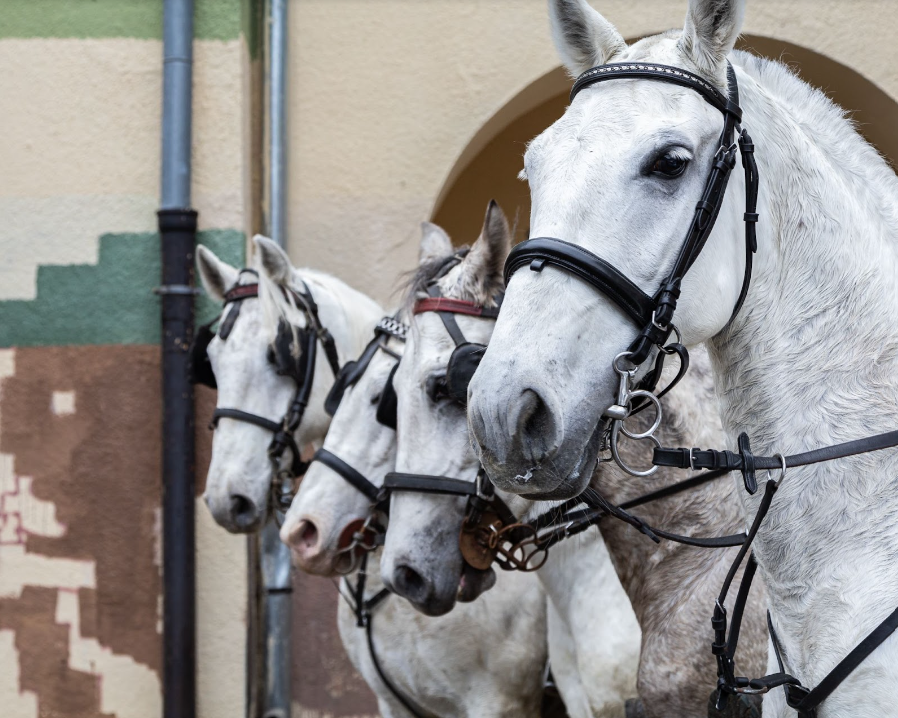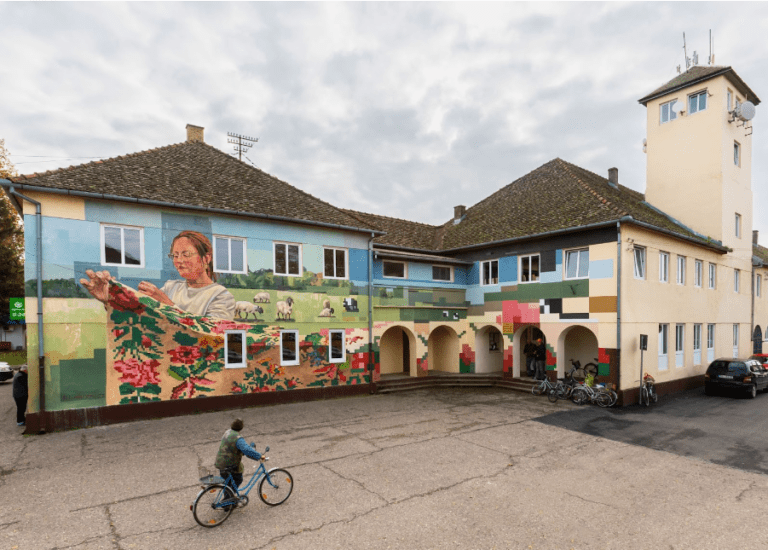Sombor Action Plan Integrating natural and cultural heritage for sustainable Sombor 2022-2027: the network of eco-cultural routes and Pilot Action Stapar Rose for Strengthening Community Ties: Painting a Mural on the Stapar Village Community Hall
One of the DANUrB+ action plans is developed for Sombor Region in the north-western corner of Serbia, which is located on the border with Hungary (north) and Croatia (west – the Danube). The region consists of the city of Sombor and 15 nearby villages. The whole region has been in economic and demographic decline for 30 years. However, Sombor is the best preserved historic medium-sized city in Serbia and the region is very rich regarding cultural (tangible and intangible) and natural heritage. Additionally, there are many active craft and hospitality enterprises, ethnic and religious events, local associations, and small cultural and leisure manifestations in the city and villages. Many of them have been well-established at the regional and national levels, but without significant cooperation across long national borders in the region. Furthermore, most of these entities have not been properly interconnected within the Sombor Region, to make an integrated approach to potential external partners. This is the main purpose of the action plan for the Sombor Region – to spatially and functionally interconnect all qualitative stakeholders in Sombor Region to form a “synergy effect” for their prospective international and cross-border cooperation and networking.
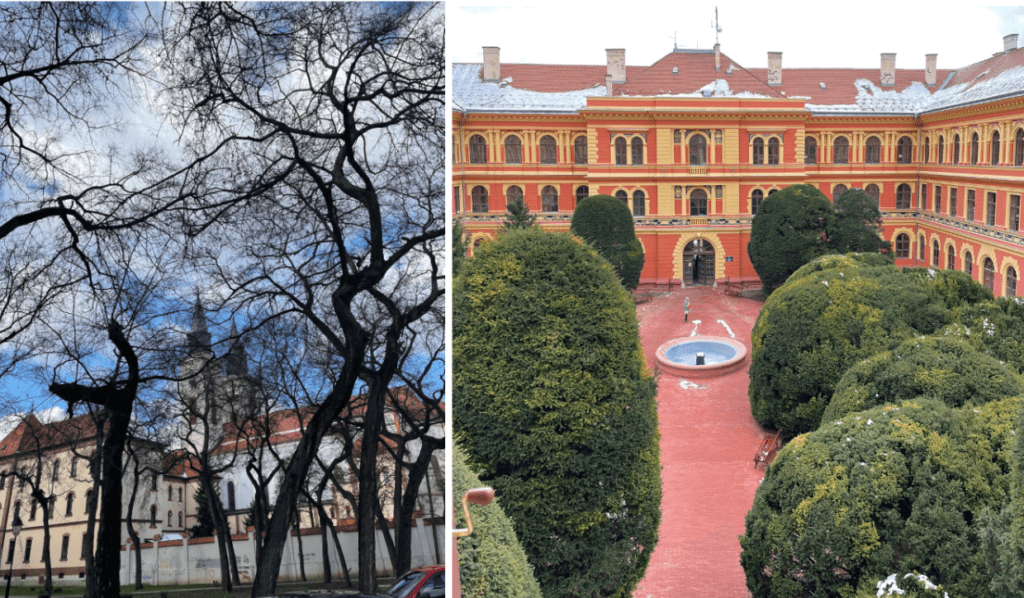
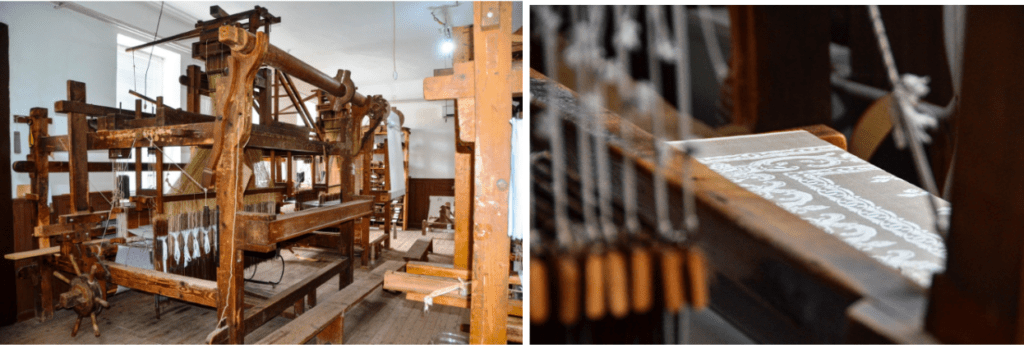

The problems addressed with this Action plan are typical for the majority of Serbian cities. Despite having a variety of numerous adopted documents regarding different spatial and governance levels, such as strategies, actions, spatial and urban plans, and programs, dealing with the protection of cultural and natural heritage in urban and rural areas, there is still a very low rate of their implementation. Henceforth, in the case of Sombor, a city with rich cultural and natural heritage, there are several issues:
(a) Heritage is not adequately recognized as a resource for development,
(b) Development is still perceived as a consequence of top-down interventions, primarily funded by public budget,
(c) Local stakeholders are not sufficiently informed about other available financing methods and trained to conceive projects and apply for different calls,
(d) Existing bearers of development, entrepreneurship and innovation in the protection, promotion and sustainable use of heritage act as a single entity.
Building on aforementioned insights, the main aim of the Action plan is to protect and improve the cultural and natural environment in accordance with local culture and available resources, knowledge and skills by engaging and supporting people to integrate their efforts. The specific objectives are:
(a) Revalorization of natural and cultural heritage as a resource for the development of sustainable tourism and improvement of quality of life of local communities;
(b) Raising the capacity of local stakeholders to formulate and launch development projects based on natural and cultural heritage,
(c) Connecting stakeholders and their projects in order to improve existing and to enforce development of new eco-cultural products, services and destinations,
(d) Building self-sustaining communities by improving the capacity of local stakeholders for cooperation in project development and joint access to funds at the local and international level.
The pilot action Stapar Rose for Strengthening Community Ties: Painting a Mural on the Stapar Village Community Hall is an illustration on how those values and goals can be implemented with the help of small-scale projects. The Action included painting a mural in the village central location visible from the main traffic road. The mural depicted a young local girl in the process of making a traditional rug with the Stapar rose design with added natural segments characteristic for Stapar. The overall design of the mural combines traditional motives of Stapar rose with the modern geometrical and abstract representation of these symbols. It is designed in order to promote and protect local intangible heritage, by supporting efforts of a local women association “Staparska Ruža” and enable them to enter the market more easily and to boost social integration and connection through open public space. This process represents a joint-community action, implemented together with local ASP and several stakeholders alongside “Staparska Ruža”: the City of Sombor, PE „Prostor/Space“ Sombor, Tourist Organisation of Sombor, Utility PE Sombor, and local authority in Stapar Village.
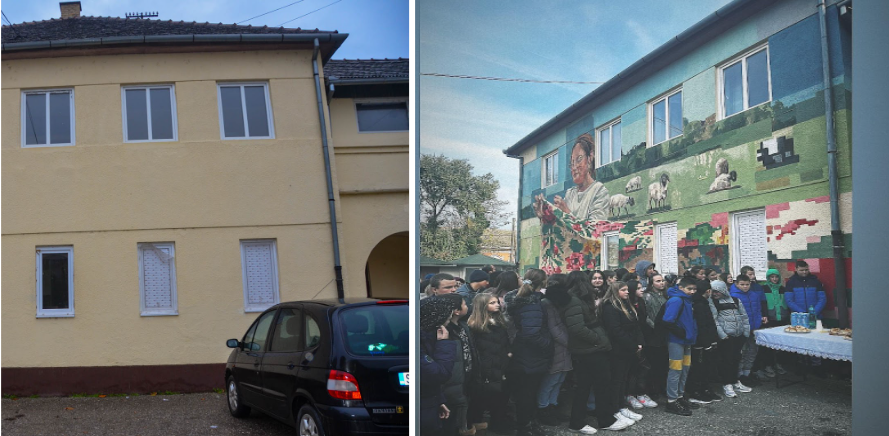
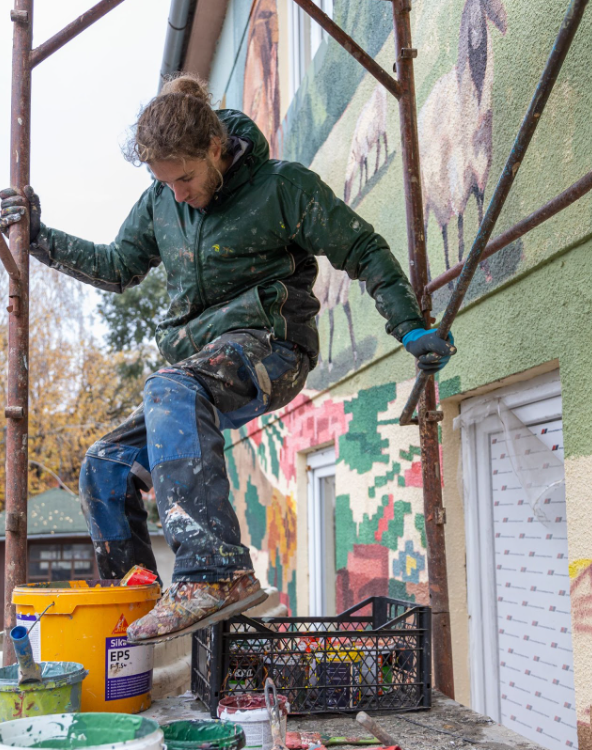
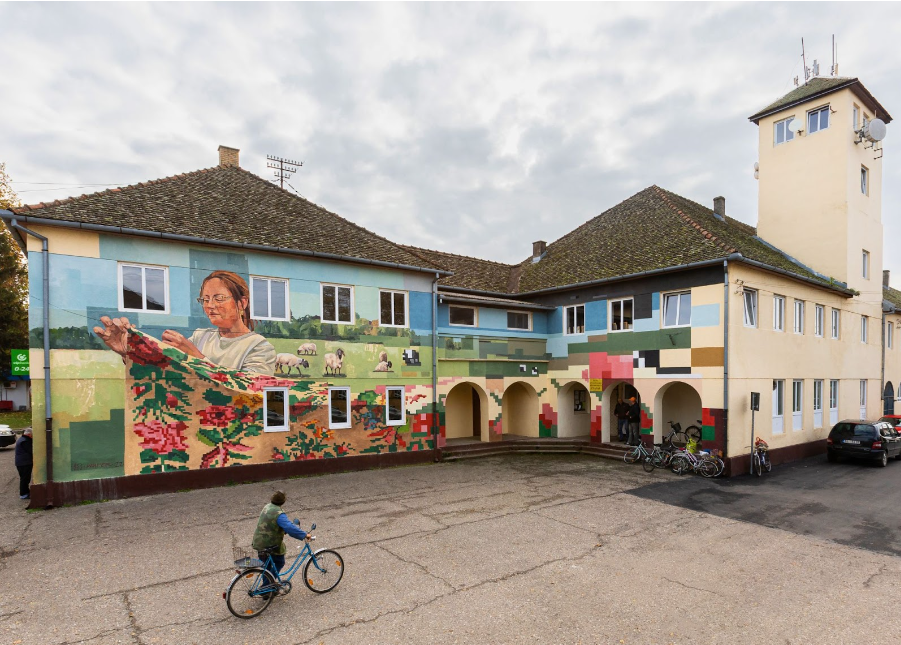
The action plan relies on the development concept of eco-cultural tourism, which represents a model for shaping new authentic tourist products and routes by combining natural and cultural heritage. Therefore, concrete measures were formulated in the form of ten integral projects developed in continuous cooperation with representatives of the local government and with the active participation of about 15 stakeholders from public, private and NGO sectors, as well as from the spheres of culture, tourism, heritage preservation, ecology, and public administration. Projects differ in terms of topics and type of outcomes, the size of the territory they cover, the number of people included, the necessary funding, the type of resources that can and should be engaged, the number and type of partners, etc. However, they are all based on intersectoral, interdepartmental and interdisciplinary connections and cooperation.
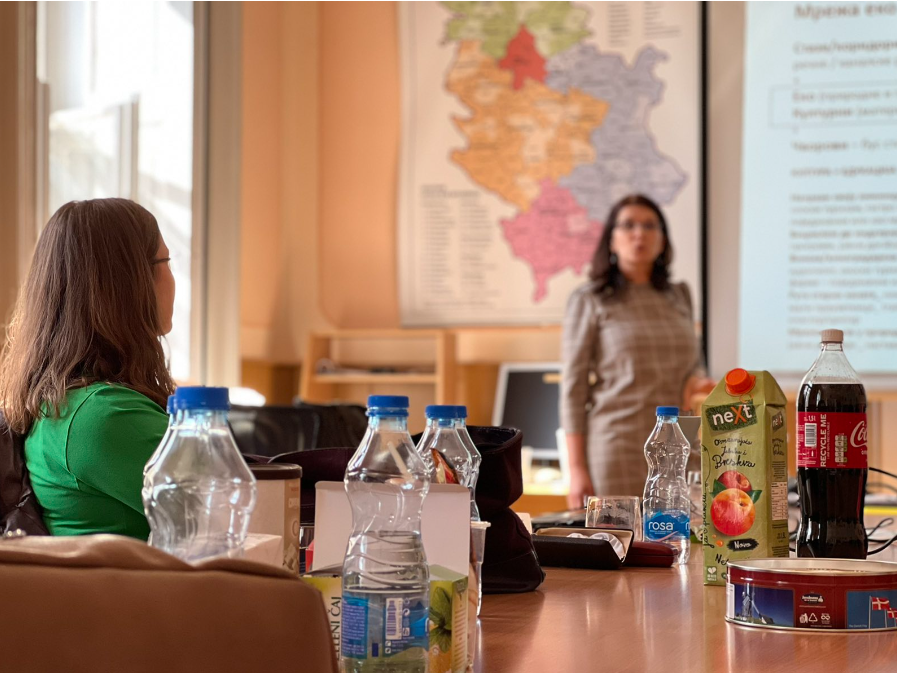
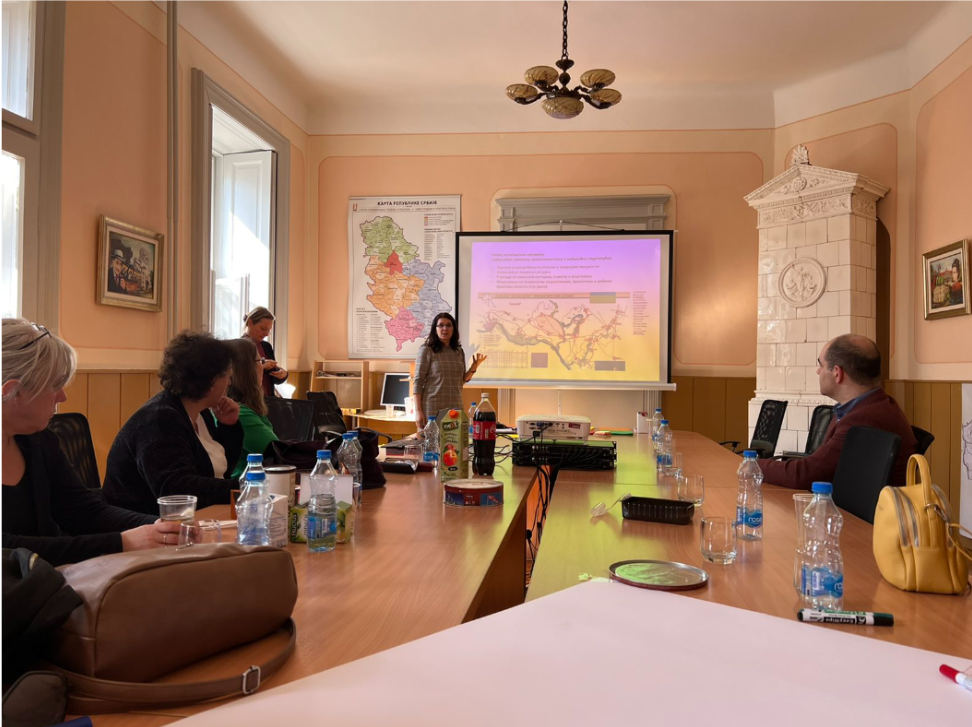
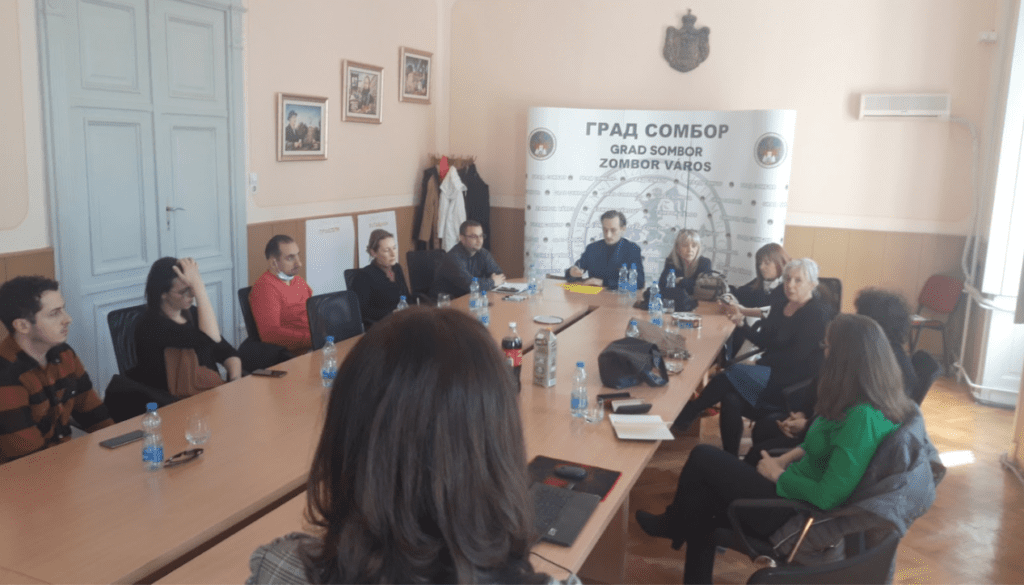
The action plan and ten integral projects represent the result of the findings of the site analysis, the value-based approach and the initiatives of stakeholders. Therefore, the solutions are not comprehensive, and their implementation will not achieve all the preset goals. However, despite limited resources, these integral projects are applicable to the context in which they were formulated and represent a roadmap and illustration of how the document and practical action based on it could be developed in the future. The pilot action represents a successful outcome of heritage revaluation while contributing to strengthening local identity, specifically thanks to the local stakeholder engagement and knowledge transfer that took place in that process.
One of the most significant results in the process of developing the Action Plan and implementing the Pilot actions in Sombor is in the domain of social capital – a strong network of people was established. These people, organizations, local representatives, experts gathered new ideas and knowledge, and built an understanding based on common interests and opportunities for their integration and mutual benefit.
This represents a significant resource that we will rely on in further planning activities in the field of education – the implementation of teaching programs in cooperation with all local stakeholders, but also the planning and implementation of new public events, such as the organization of the Handicraft Festival in Stapar.
